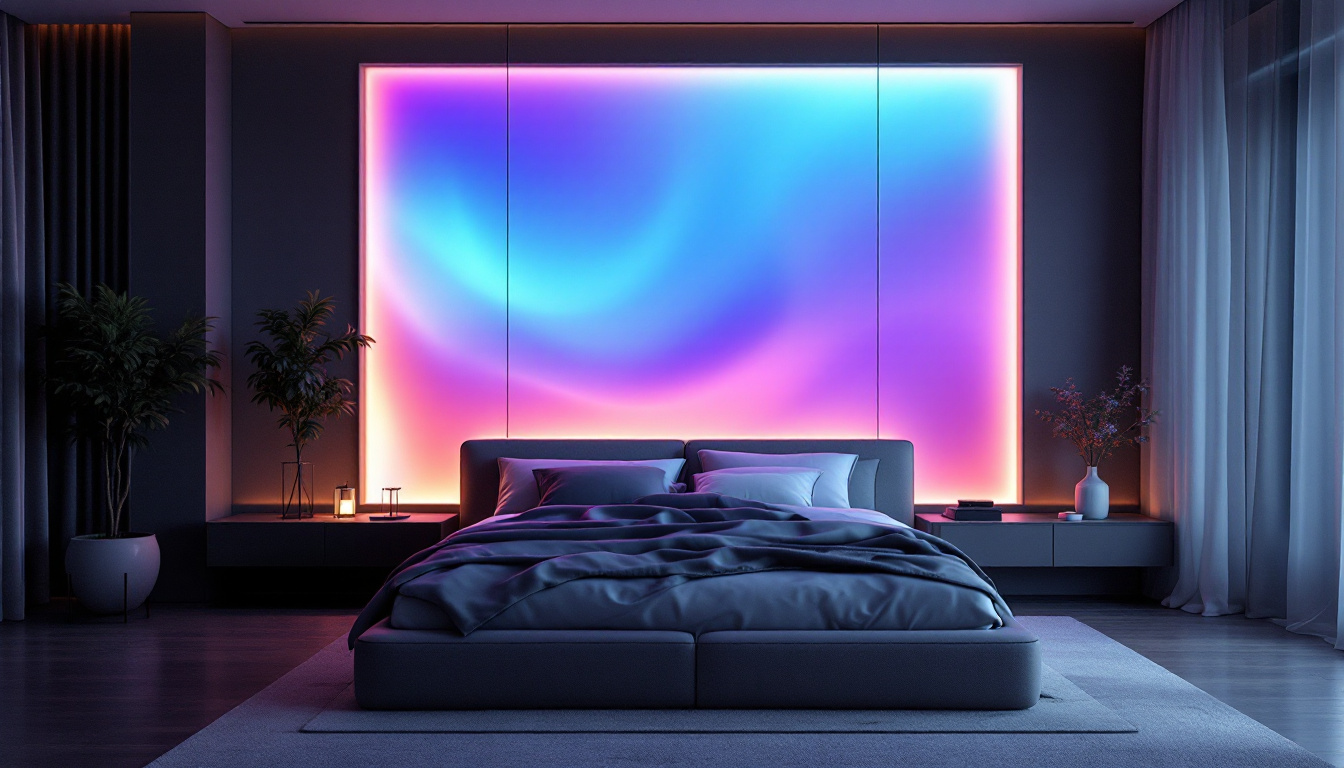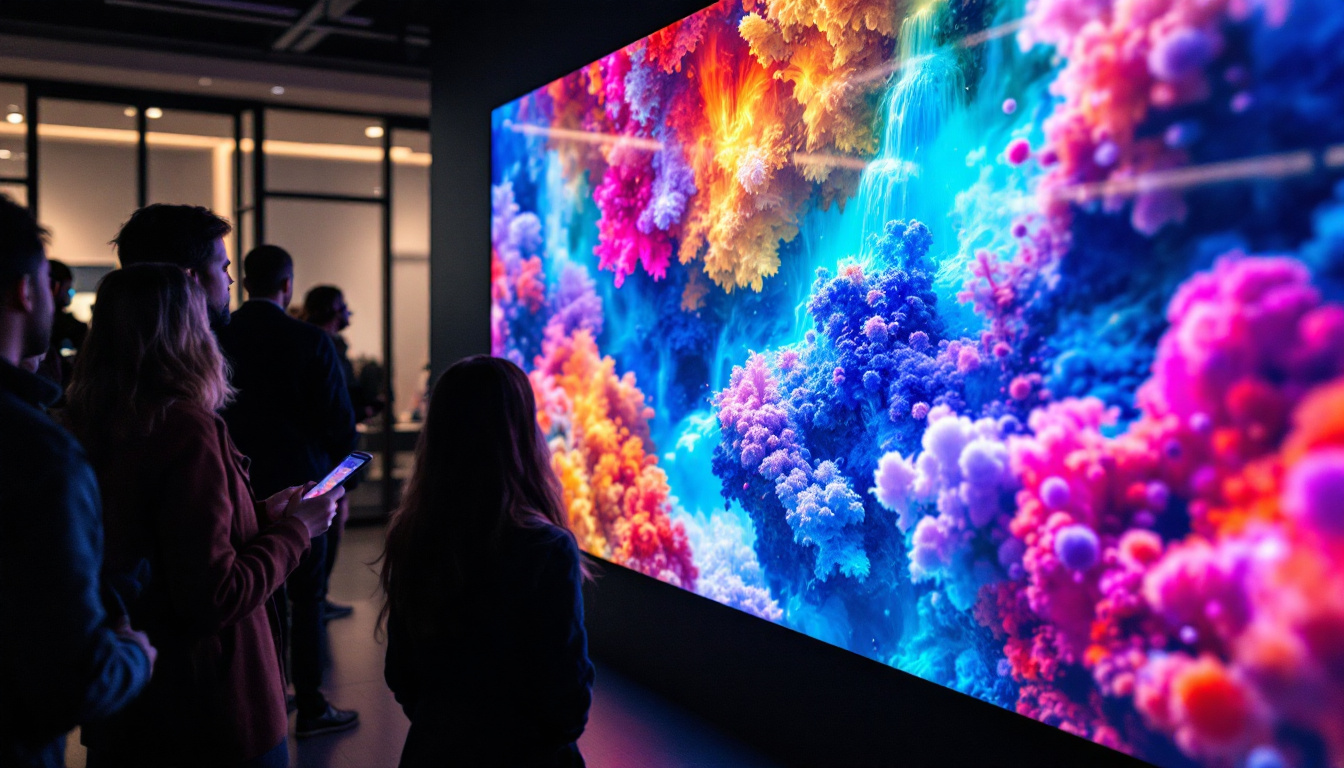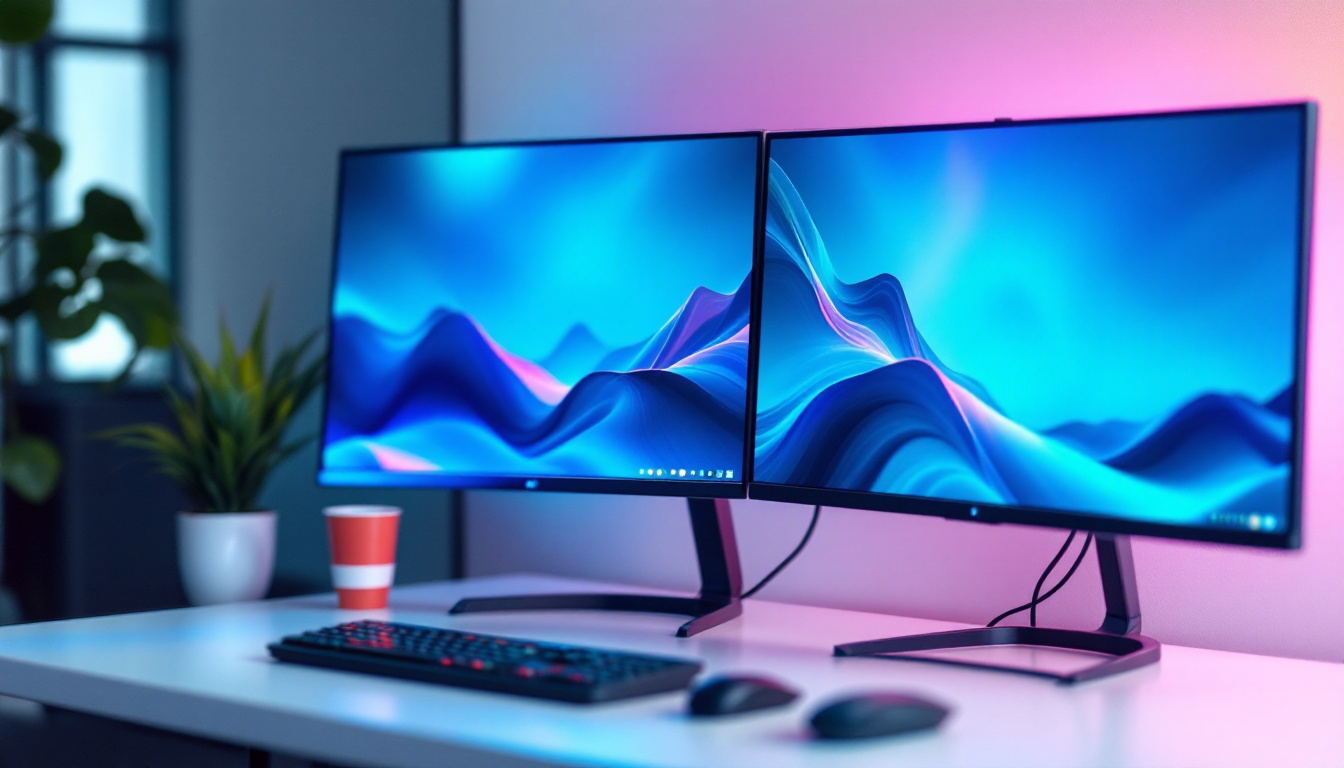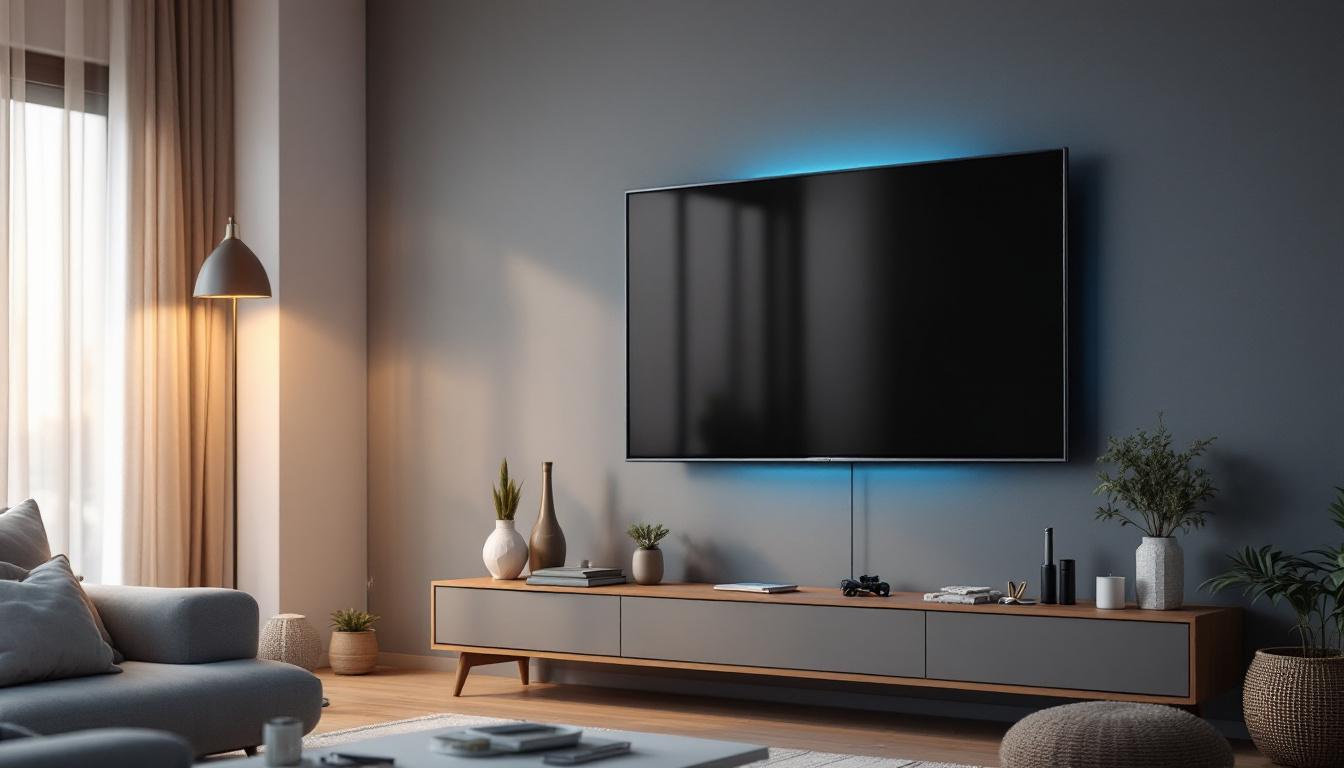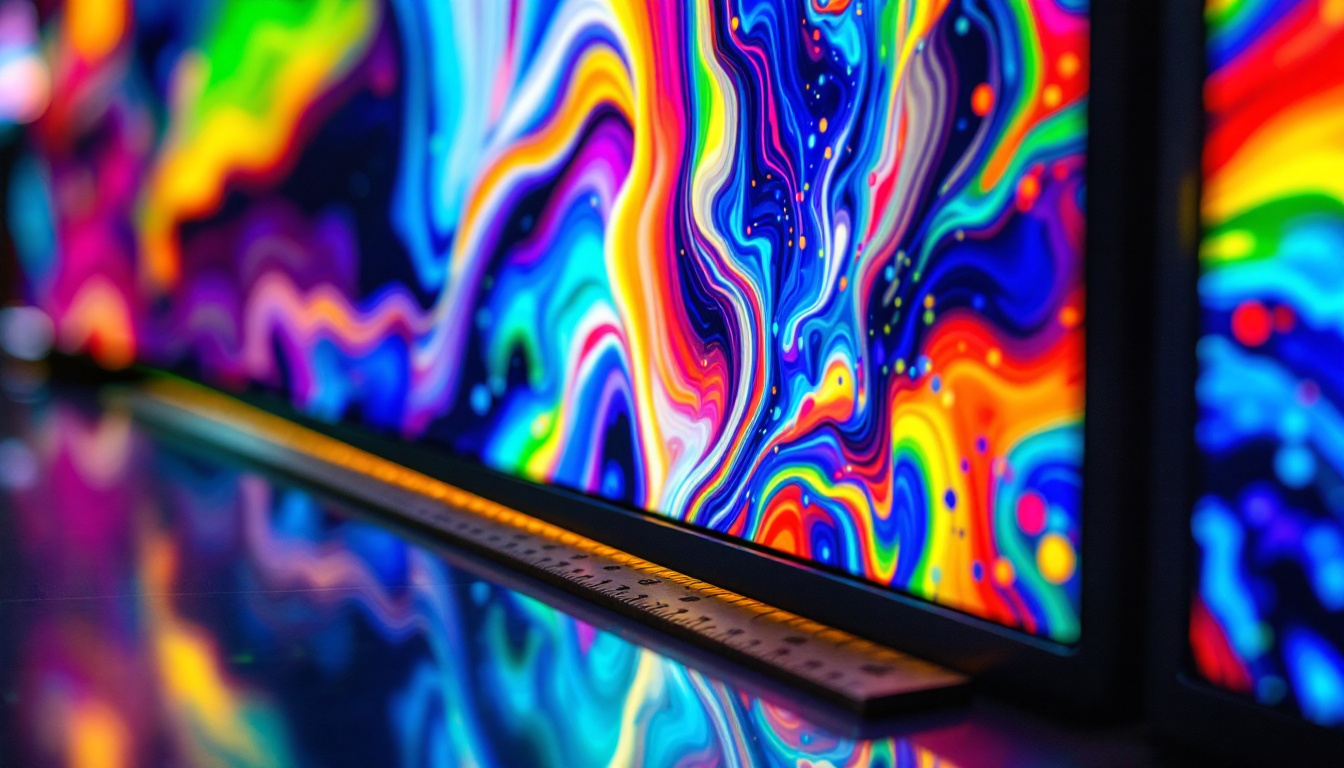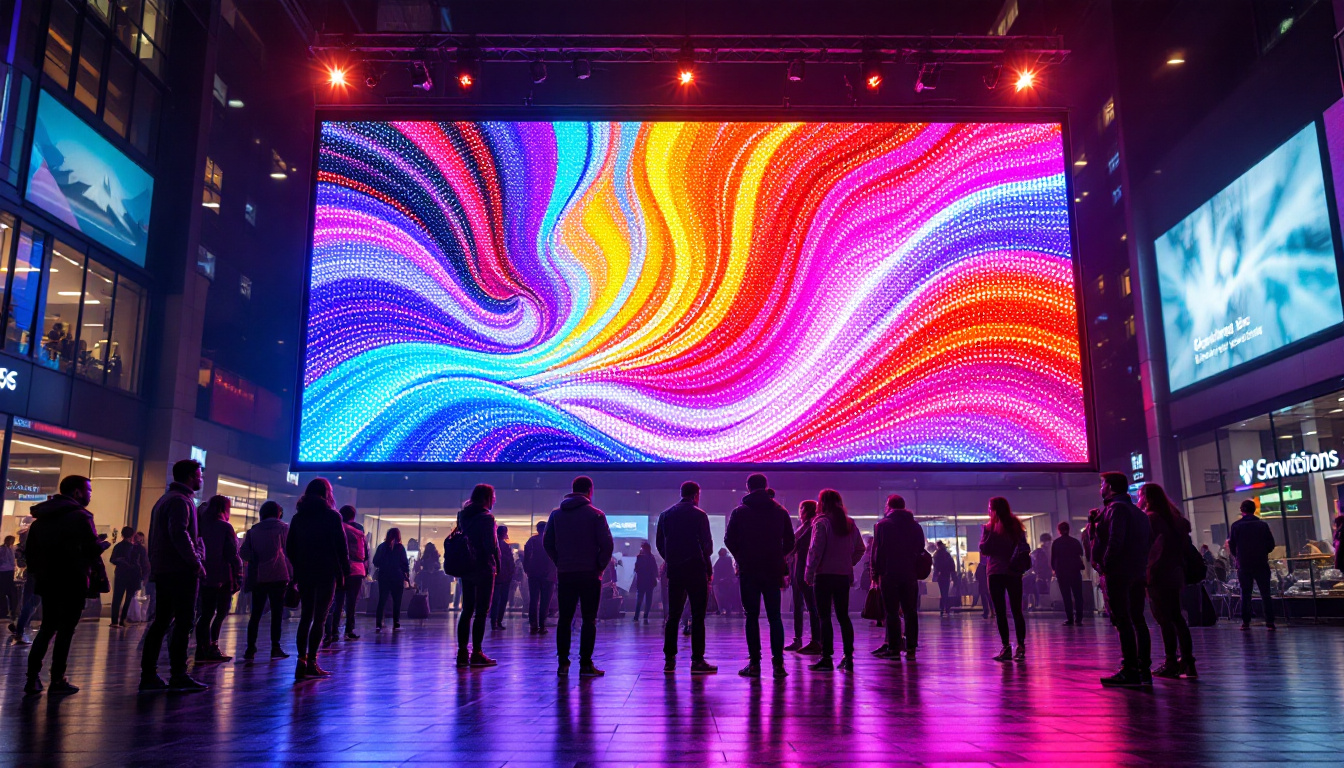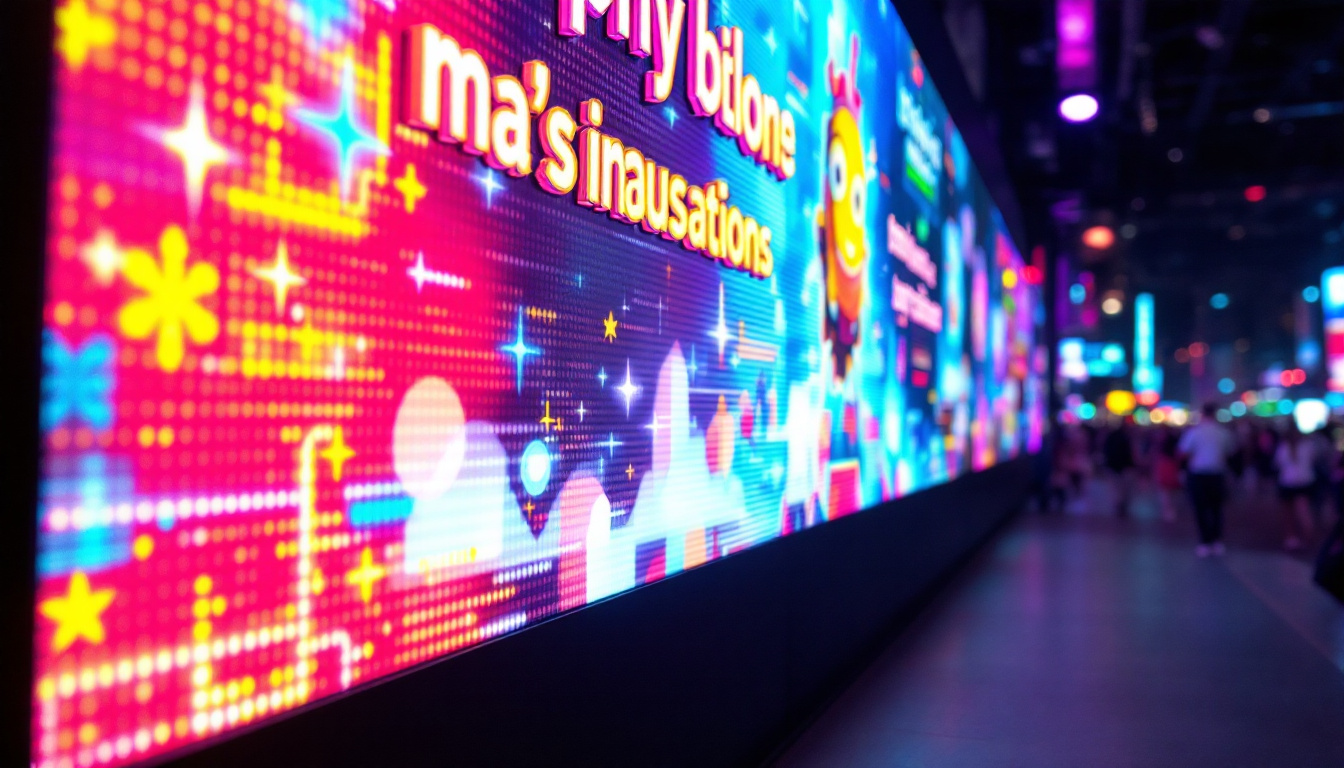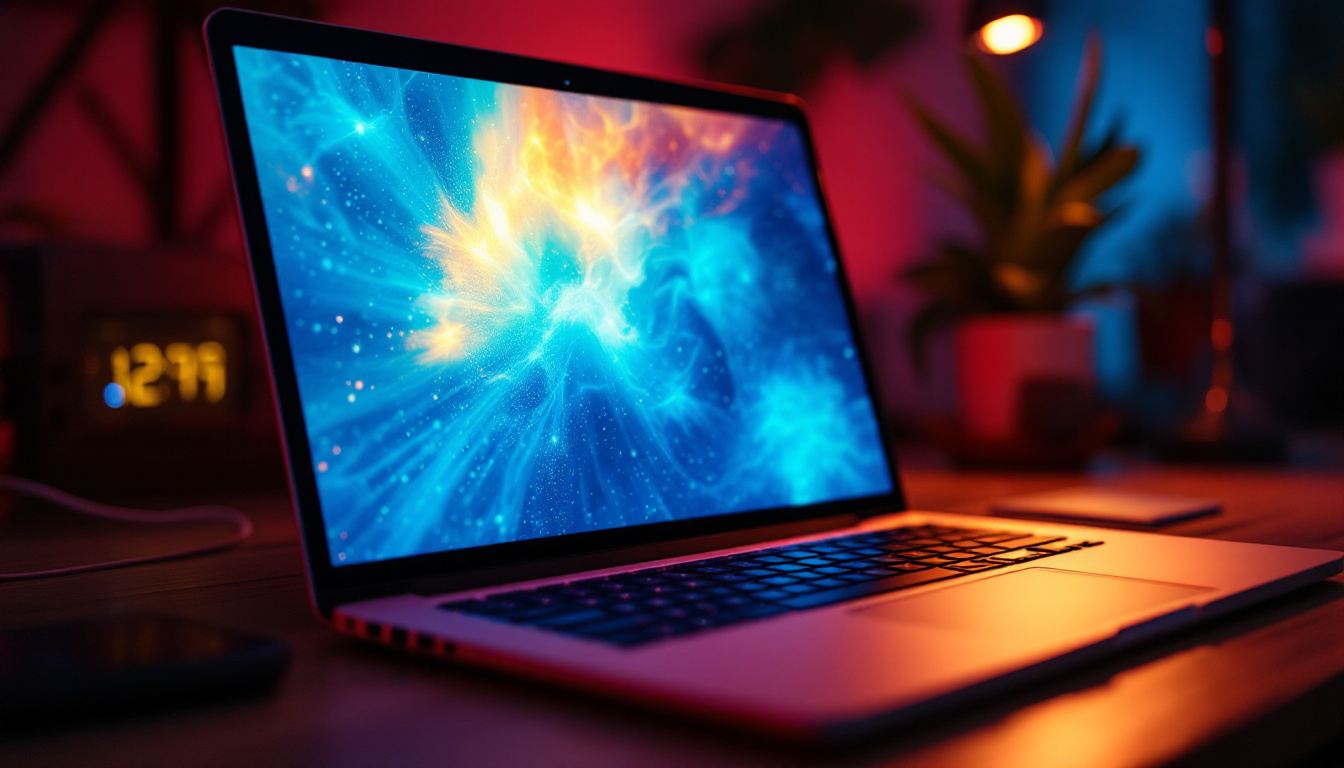In today’s digital age, touch monitor computers have become an essential tool in various sectors, from education to retail and healthcare. These devices combine the functionality of a traditional computer with the interactivity of a touchscreen, allowing users to navigate and interact with content in a more intuitive way. One of the most critical components of these devices is the LED display, which significantly influences performance and user experience. This article delves into the intricacies of touch monitor computers, focusing on LED display technology.
Understanding Touch Monitor Computers
Touch monitor computers are designed to facilitate direct interaction with the screen, providing a more engaging experience than standard monitors. They come in various sizes and configurations, catering to different user needs. These devices typically integrate touch-sensitive technology with a computer system, enabling users to perform tasks by touching the screen rather than using a mouse or keyboard.
Key Features of Touch Monitor Computers
Touch monitor computers boast several features that enhance usability and functionality. Firstly, the touch interface allows for multi-touch gestures, enabling users to zoom, scroll, and rotate content with ease. This is particularly beneficial in environments such as classrooms or design studios, where collaborative work is essential. The intuitive nature of touch interactions can significantly reduce the learning curve for new users, making technology more accessible to individuals of all ages and backgrounds.
Moreover, many touch monitors come equipped with high-definition LED displays, providing vibrant colors and sharp images. This quality is crucial for applications that require precise visual representation, such as graphic design or video editing. Additionally, some models offer anti-glare coatings and wide viewing angles, which enhance visibility in various lighting conditions. These features make touch monitors not only aesthetically pleasing but also practical for professional environments where clarity and detail are paramount.
Applications of Touch Monitor Computers
The versatility of touch monitor computers makes them suitable for a wide range of applications. In retail, for instance, they can be used for interactive kiosks, allowing customers to browse products and make purchases seamlessly. These kiosks can also be programmed to provide personalized recommendations based on user preferences, enhancing the shopping experience. In education, touch monitors facilitate interactive learning, enabling students to engage with educational content actively. Teachers can utilize these devices to create dynamic presentations, incorporating multimedia elements that cater to different learning styles.
Healthcare professionals also benefit from touch monitor technology, as it allows for quick access to patient information and interactive data visualization. This immediacy can enhance decision-making and improve patient care. For example, doctors can easily pull up medical records, view diagnostic images, and annotate them directly on the screen, streamlining communication with both colleagues and patients. Furthermore, touch monitors are increasingly being integrated into telemedicine solutions, allowing for remote consultations where specialists can interactively engage with patients from afar, making healthcare more accessible than ever before.
The Role of LED Displays in Touch Monitors
LED (Light Emitting Diode) displays are a critical component of touch monitor computers. They offer several advantages over traditional display technologies, such as LCD (Liquid Crystal Display) and CRT (Cathode Ray Tube). Understanding the workings of LED displays can shed light on their importance in touch monitor technology.
How LED Displays Work
LED displays utilize a series of light-emitting diodes to create images on the screen. These diodes emit light when an electric current passes through them, allowing for a bright and vibrant display. Unlike traditional LCDs, which require a separate backlight, LED displays can produce their own light, resulting in better contrast and color accuracy.
The technology behind LED displays can be further categorized into two types: edge-lit and full-array. Edge-lit displays use LEDs positioned along the edges of the screen, while full-array displays have a grid of LEDs behind the entire screen. Full-array displays tend to offer superior performance, particularly in terms of brightness and uniformity.
Advantages of LED Displays
One of the primary advantages of LED displays is their energy efficiency. They consume less power than traditional displays, making them a more environmentally friendly option. Additionally, LED displays have a longer lifespan, reducing the need for frequent replacements.
Furthermore, LED technology allows for thinner and lighter designs, making touch monitor computers more portable and easier to integrate into various environments. The enhanced brightness and color accuracy also contribute to a better overall user experience, particularly in brightly lit settings.
Touch Technology in Monitors
The effectiveness of touch monitor computers largely depends on the touch technology employed. There are several types of touch technologies, each with its advantages and drawbacks. Understanding these can help users choose the right touch monitor for their needs.
Types of Touch Technology
The most common types of touch technology include resistive, capacitive, and infrared. Resistive touch screens consist of two flexible layers separated by a small gap. When pressure is applied to the screen, the layers touch, registering the input. This technology is cost-effective and works well with gloves or styluses, making it suitable for various applications.
Capacitive touch screens, on the other hand, use the electrical properties of the human body to detect touch. These screens are more sensitive and support multi-touch gestures, providing a smoother user experience. However, they may not work well with gloves unless specially designed.
Choosing the Right Touch Technology
When selecting a touch monitor, it is essential to consider the intended use. For environments where durability and resistance to harsh conditions are critical, resistive touch technology may be the best choice. In contrast, for applications requiring high responsiveness and multi-touch capabilities, capacitive screens are preferable.
Infrared touch technology, which uses an array of infrared light beams to detect touch, is another option. This technology offers excellent durability and can be used with any object, but it is generally more expensive than resistive and capacitive options.
Integrating Touch Monitors in Different Environments
Touch monitor computers can be effectively integrated into various environments, enhancing user interaction and productivity. Understanding how to implement these devices in specific settings can maximize their benefits.
In Educational Settings
In classrooms, touch monitors can transform traditional teaching methods. Teachers can use these devices to present interactive lessons, allowing students to engage with the material actively. Group activities can also be facilitated through collaborative software, enabling students to work together on projects in real-time.
Moreover, touch monitors can be utilized for assessments, allowing students to complete quizzes or tests directly on the screen. This not only streamlines the assessment process but also provides immediate feedback to both students and educators.
In Retail Environments
In retail, touch monitor computers can enhance the shopping experience for customers. Interactive kiosks equipped with touch screens allow customers to browse products, check prices, and even place orders without needing assistance from staff. This self-service model can lead to increased customer satisfaction and efficiency.
Additionally, retailers can use touch monitors for digital signage, displaying promotional content and information in an engaging manner. The interactivity of touch screens can encourage customers to explore products further, potentially increasing sales.
Maintenance and Care for Touch Monitors
To ensure the longevity and optimal performance of touch monitor computers, regular maintenance and care are essential. Proper handling and cleaning techniques can prevent damage and maintain the device’s functionality.
Cleaning Touch Monitors
Cleaning touch monitors requires special attention to avoid damaging the screen. It is advisable to use a microfiber cloth and a gentle cleaning solution specifically designed for electronics. Avoid using harsh chemicals or abrasive materials, as these can scratch the screen or damage the touch sensitivity.
Regularly cleaning the screen not only enhances visibility but also ensures that the touch functionality remains effective. Dust and fingerprints can interfere with touch sensitivity, leading to a frustrating user experience.
Software Updates and Calibration
Keeping the software of touch monitor computers up to date is crucial for maintaining performance and security. Manufacturers often release updates that enhance functionality and address any bugs or vulnerabilities. Regularly checking for updates can help ensure the device operates smoothly.
Additionally, periodic calibration of the touch screen may be necessary to maintain accuracy. Most touch monitors come with calibration tools that guide users through the process, ensuring that the device responds accurately to touch inputs.
The Future of Touch Monitor Technology
As technology continues to evolve, the future of touch monitor computers looks promising. Innovations in display technology, touch sensitivity, and integration with other devices are on the horizon, paving the way for even more advanced applications.
Emerging Trends
One of the emerging trends in touch monitor technology is the integration of artificial intelligence (AI). AI can enhance user interaction by providing personalized experiences and predictive capabilities. For instance, touch monitors equipped with AI could learn user preferences and adapt the interface accordingly.
Additionally, advancements in augmented reality (AR) and virtual reality (VR) could lead to more immersive experiences. Touch monitors may evolve to support these technologies, allowing users to interact with 3D content in real-time.
Sustainability Considerations
As environmental concerns grow, manufacturers are increasingly focusing on sustainability in their products. Future touch monitors may incorporate eco-friendly materials and energy-efficient technologies, reducing their environmental impact.
Moreover, the longevity of devices will become a priority, with manufacturers designing touch monitors that are easier to repair and upgrade, promoting a more sustainable approach to technology consumption.
Conclusion
Touch monitor computers equipped with LED displays represent a significant advancement in technology, offering enhanced interactivity and usability across various sectors. Understanding the intricacies of LED display technology and touch interfaces is essential for maximizing the benefits of these devices.
As touch monitor technology continues to evolve, it is crucial for users and organizations to stay informed about emerging trends and best practices. By doing so, they can ensure that they are leveraging the full potential of touch monitor computers, ultimately enhancing productivity and user experience.
In summary, touch monitor computers are not just a passing trend; they are a vital part of the modern technological landscape, poised to shape the way users interact with digital content in the years to come.
Discover LumenMatrix’s Advanced LED Display Solutions
Ready to elevate your interactive experiences with the latest in LED display technology? LumenMatrix is at the forefront of innovation, offering a wide array of LED display solutions tailored to meet your needs. From captivating Indoor LED Wall Displays to dynamic Outdoor LED Wall Displays, and from versatile Vehicle LED Displays to engaging LED Sports Displays, our products are designed to enhance engagement and brand visibility. Embrace the future of visual communication with LumenMatrix’s cutting-edge digital signage and LED displays. Check out LumenMatrix LED Display Solutions today and transform the way you share your message with the world.














